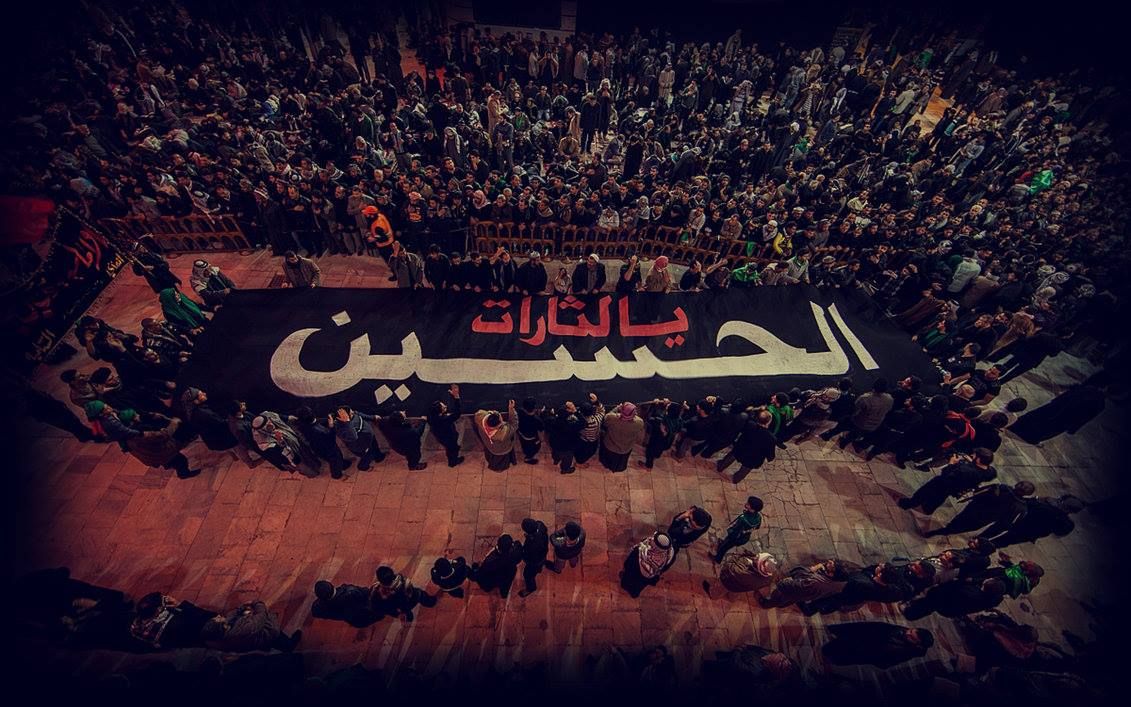During the past decades, there were figures who regarded the unity of Muslims as their ideal and aspiration, but they did not realize this precious aspiration, or if they ever took steps for its realization, they were very insignificant and rudimentary. In the recent period, the late Ayatullah Burujerdi (r) gave an affirmative reply to this aspiration by approving the Jami’ah at-Taqrib bayn al-Madhahib al-Islamiyyah {University or Forum for the proximity of the Islamic schools of thought}.
There have been other ‘ulama’ and fuqaha who upheld the approach of the late Burujerdi. In this context, the viewpoint and outlook of the late Hadrat 8 Imam Khomeini (r) and his efforts are well known to all. At the present time also, in a bid to extend the scope of this unity further, Ayatullah Khamene’i (may his sublime presence endure) has issued a decree for reviving the foundation of unity and the forum for proximity, which is itself worthy of gratitude and a source of hope.
It is appropriate for us to note at this juncture that the Shi`ah ’ulama’ and fuqaha of the past, such as Shaykh al-Mufid (d. 413 AH), Sayyid Murtadha ’Alam al-Huda (d. 436 AH), and Shaykh at-Tusi (d. 460 AH), among others, have also emphasized unity between Sunnis and Shi`ah, and have written valuable books on this subject such as al-Khilaf which enumerates the common points of belief between the two groups. ’Allamah Hilli has also written a book on the basis of the jurisprudence {fiqh} of the Shi`ah and the four Sunni schools.
All these are proofs for the proximity of jurisprudential views of the two schools and of the interest of leading figures in jurisprudence in establishing mutual understanding. Of course, at the present time there are treatises on jurisprudence written by Sunnis in which the views of the Sunnis and the Shi`ah on the branches of religion and jurisprudence have been compared. For example, the books Mawsu’ah Jamal ’Abd al-Nasir and Al-Fiqh ’ala’l-Madhahib al Khamsah can be cited.
Source:
A New Analysis of Wahhabi Doctrines
By: Muhammad Husayn Ibrahimi
ABWA Publishing and Printing Center
[P. 10-11].

